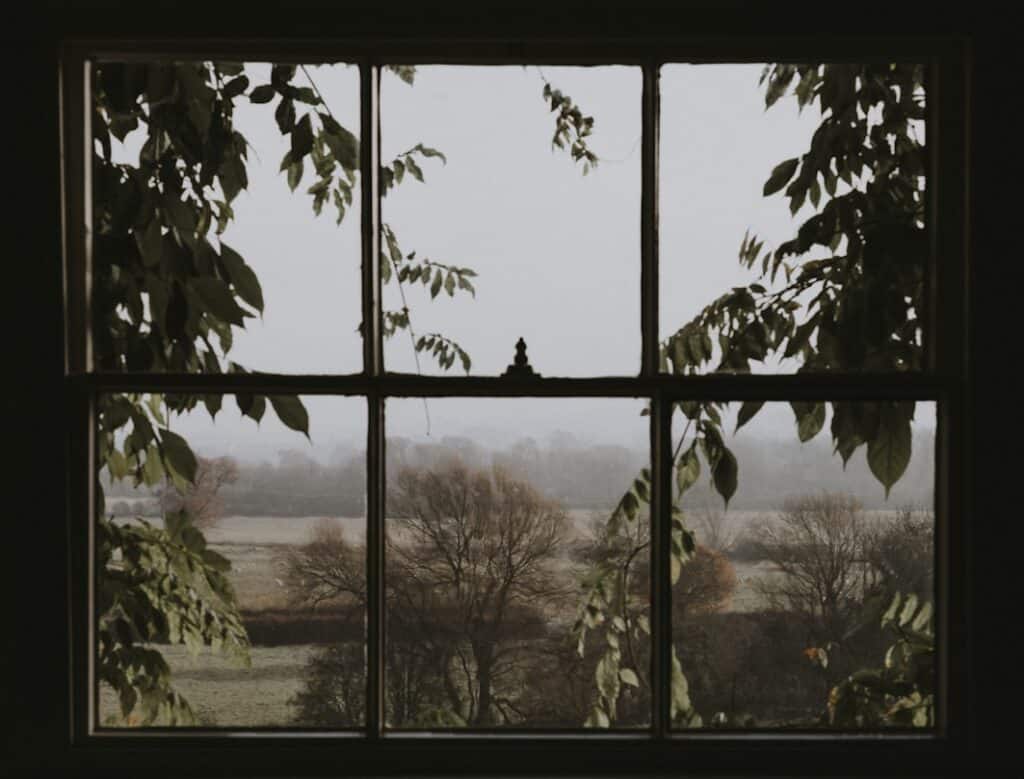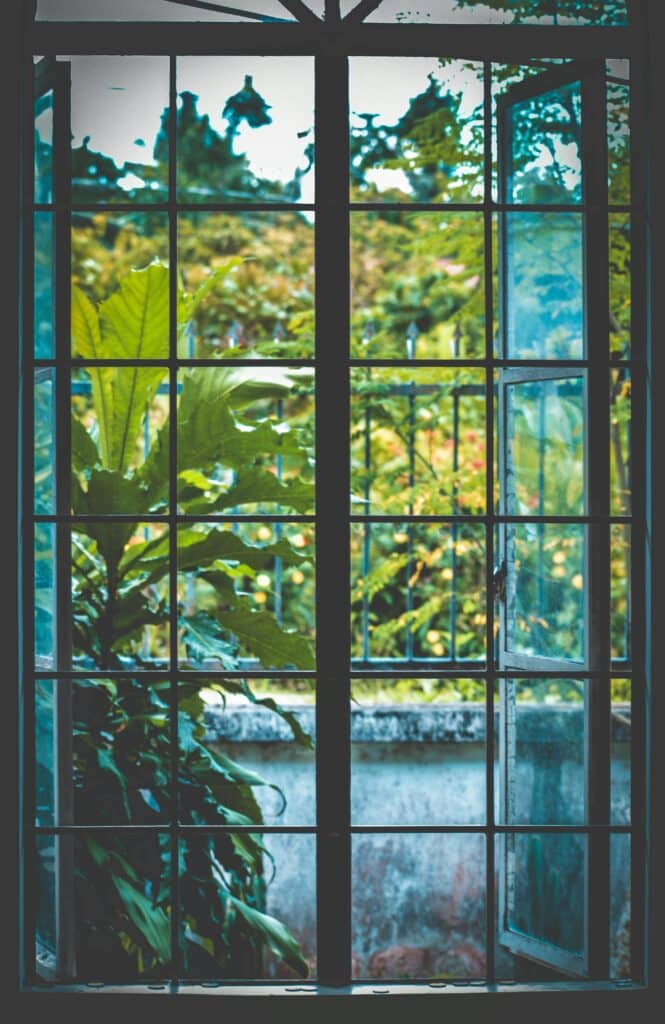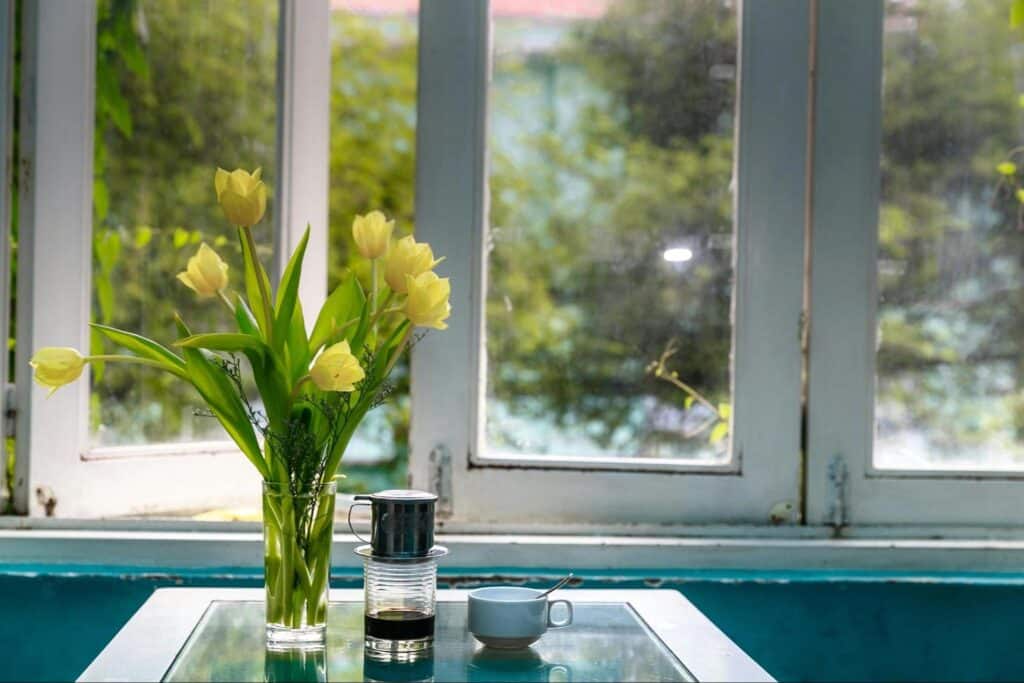Windows are one of the most important features of a home. They bring in natural light, allow for ventilation, and help regulate indoor temperatures. But like any other part of your house, windows don’t last forever. Wear and tear can compromise their effectiveness, and the consequences can affect everything from your utility bills to your comfort levels and even home security. Knowing when it’s time to update your windows can save you money, energy, and hassle in the long run.

Drafts and Rising Energy Bills
One of the clearest signs that your windows need replacing is a noticeable draft, even when they’re closed. Drafty windows are often the result of worn-out seals or frames that no longer fit properly. When this happens, air freely moves between the inside and outside, forcing your heating and cooling systems to work harder.
If you’ve noticed a spike in your energy bills without a clear explanation, your old windows could be the culprit. New, energy-efficient windows come with modern insulation technology that can greatly improve your home’s thermal performance. Double- or triple-pane glass, Low-E coatings, and advanced sealing techniques help retain heat during winter and keep your house cool in the summer.
Considering the Resale Value


If you’re thinking about selling your home in the near future, updating the windows can be a smart investment. Potential buyers often view new windows as a major perk because it mean less maintenance and lower energy bills for them down the road. According to real estate experts, window replacement projects typically recoup a significant percentage of their cost in increased home value. They help homes sell faster by improving both exterior appearance and interior comfort.
Physical Damage and Operational Issues
Visible signs of damage, such as cracked glass, rotting frames, or water stains, are hard to ignore. These issues go beyond cosmetic concerns. Cracks can worsen, and moisture damage can lead to mold, mildew, and structural rot. In some cases, broken windows even pose a safety risk.
You might experience difficulty opening or closing your windows. This can be caused by warping, a buildup of dirt or rust, or damage to the frame and hinges. Windows that are hard to operate can pose a danger during emergencies when you need a quick exit. They can become an access point for intruders if they can’t be properly locked or sealed.
Noise Pollution and Lack of Comfort
Older windows tend to provide poor insulation against outdoor noise. If you find yourself constantly distracted by traffic, barking dogs, or neighborhood activity, it could be a sign that your windows aren’t doing their job. Newer window models come with enhanced soundproofing features that can dramatically improve indoor comfort.
Beyond noise, discomfort in the form of hot or cold spots near windows is another red flag. Well-insulated, updated windows help maintain an even temperature throughout your home, enhancing both comfort and energy efficiency.
Outdated Aesthetics and Curb Appeal
While functional concerns are a top reason to consider replacement, outdated aesthetics can make a strong case. Older windows may not match the design or color scheme of your home if you’ve made other updates over the years. Faded frames, discolored trim, or glass that fogs due to condensation between panes can make even the most charming house look tired and neglected.
Today’s window designs offer a wide variety of styles, materials, and finishes that can instantly enhance your home’s curb appeal. Whether you’re considering a full remodel or just trying to modernize your home’s appearance, replacing old windows can provide a major visual upgrade.
Increased Condensation and Moisture Issues
It’s normal to see some condensation on windows in bathrooms or kitchens. Persistent or excessive condensation between the panes of glass signals a serious problem. This usually means the window’s seal has failed, allowing moisture to enter and compromise the insulating gas that fills the space between panes.
Trapped moisture obscures your view and reduces the window’s efficiency. It can contribute to the growth of mold or mildew, which poses health risks and requires costly remediation. Once a window loses its seal, it can’t be repaired, it must be replaced.
Preparing for Seasonal Changes
Depending on where you live, seasonal weather can be a significant factor in window performance. Windows that performed well a decade ago might no longer be up to the challenge of increasingly extreme temperatures, storms, or humidity.
Homeowners in colder climates might notice frost buildup or chilly drafts. In warmer regions, the goal may be to prevent UV rays from fading furniture and raising indoor temperatures. Preparing for harsh seasons often means assessing whether your current windows provide the level of protection you need. It’s better to replace them proactively than to wait until you’re in the middle of a freezing winter or sweltering summer to realize they’ve failed.
Environmental Responsibility and Modern Materials
Older windows often contain materials that aren’t as eco-friendly as today’s alternatives. Lead paint, single-pane glass, and aluminum frames have largely been replaced with safer, more sustainable options like vinyl, fiberglass, and wood composites.
By switching to energy-efficient windows, homeowners can reduce their carbon footprint. These windows often qualify for tax credits or rebates, making them even more cost-effective in the long run. You save on utilities and contribute to a larger environmental effort.
Local Regulations and Insurance Incentives
Another important factor to consider when evaluating whether it’s time to replace your windows is compliance with updated building codes and insurance requirements. Many municipalities have updated their codes to include stricter energy-efficiency and safety standards, particularly in areas prone to hurricanes, wildfires, or extreme weather.
If your windows don’t meet current standards, they may not just be inefficient, they might also increase your insurance premiums. In some cases, insurance providers offer discounts for homes with impact-resistant or energy-efficient windows. Replacing outdated windows with newer, code-compliant models can improve your home’s safety profile and potentially reduce your long-term insurance costs.

Replacing windows is a significant investment, but one that pays off in numerous ways, from improved comfort and safety to better energy efficiency and property value. If you’ve noticed any of the signs discussed above, now may be the time to evaluate your options. Whether your goal is greater comfort, modern design, or long-term savings, updating your windows can have a lasting impact on your home and lifestyle.
- 3shares
- Facebook0
- Pinterest0
- Twitter3
- Reddit0













